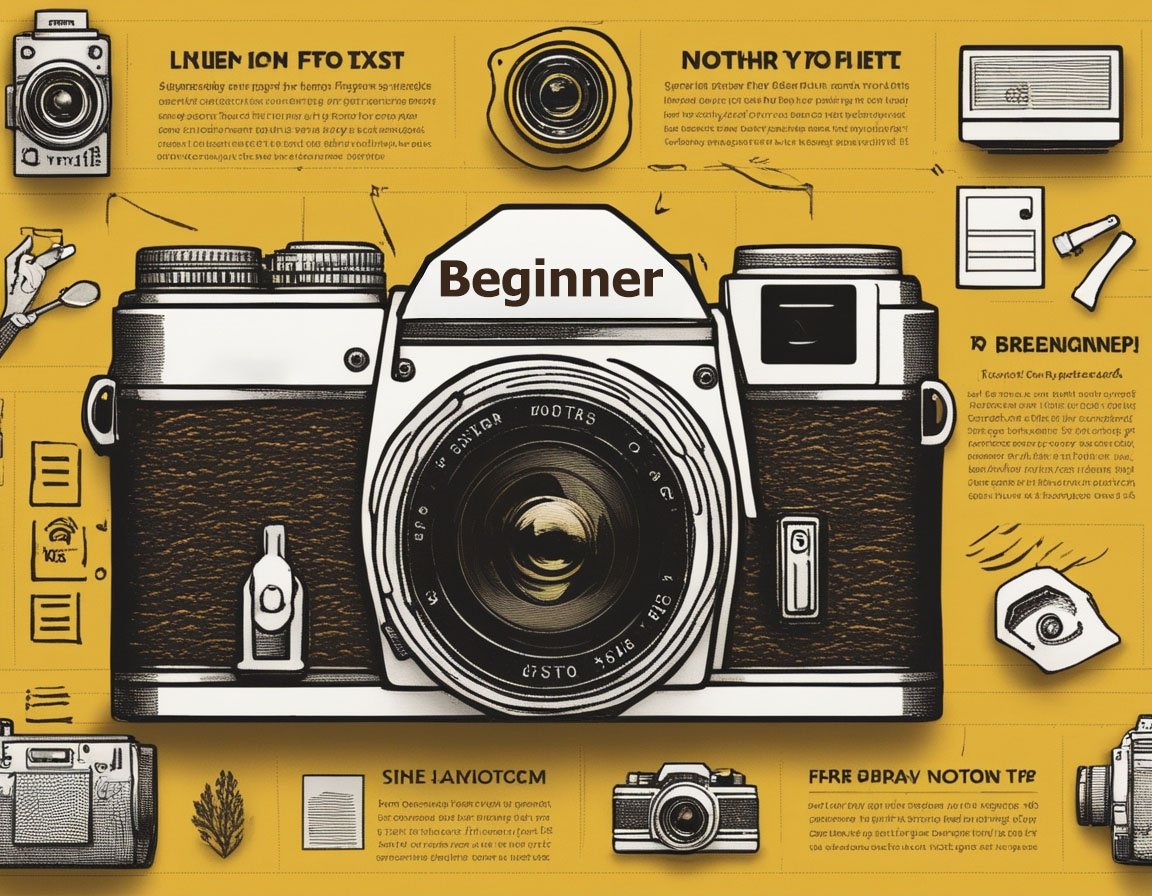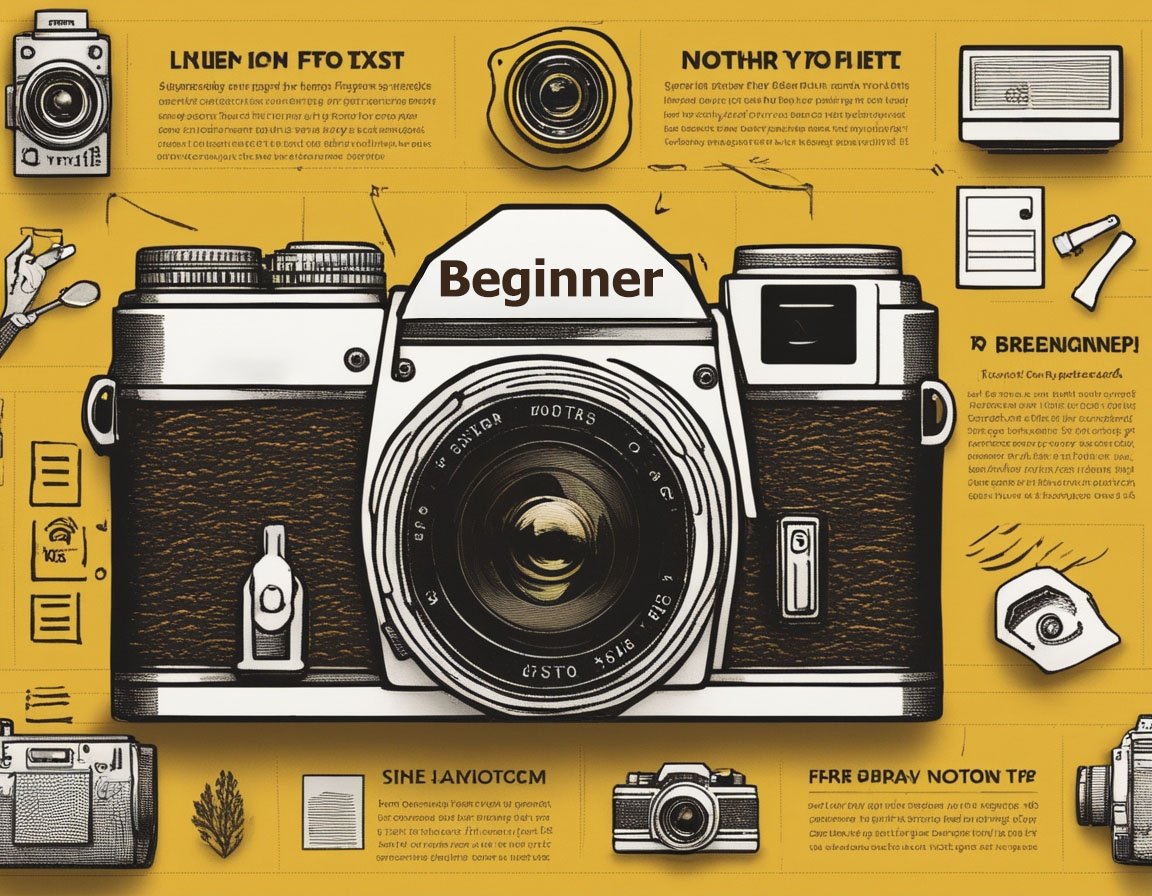Understanding the Fundamentals of Focus
Mastering focus techniques is crucial for photographers and visual artists aiming to capture sharp, clear images. At its core, focus determines how the lens of a camera positions itself to make the subject as crisp as possible. Achieving optimal focus involves understanding the interplay between aperture, shutter speed, and ISO settings, collectively known as the exposure triangle. Manipulating these settings effectively can produce stunning visual clarity, enhancing the overall impact of an image.
Types of Focus Techniques
Two primary focus modes universally apply to most cameras: manual and autofocus. Manual focus allows photographers to have direct control, which can be essential in low-light situations or when the subject is at a non-standard focal point. On the other hand, autofocus simplifies the process by using the camera’s internal sensors to automatically adjust the lens. Within autofocus, you can explore modes such as single-point, continuous, and face detection. Each serves different purposes—continuous focus is ideal for moving subjects, while face detection prioritizes human faces in crowded scenes.
Using Depth of Field to Your Advantage
Depth of field (DoF) refers to the range within a photo that appears acceptably sharp. A shallow depth of field can isolate a subject, making it stand out from the background, often utilized in portrait photography. Conversely, a deep depth of field ensures more of the image is in focus, beneficial in landscape photography. Controlling DoF involves adjusting the aperture; a wider aperture (f/2.8 or lower) gives a shallow depth, while a smaller aperture (f/11 or higher) offers a more extensive depth—key knowledge for photographers seeking image clarity.
Focusing Techniques in Different Scenarios
Different photography niches demand specific focus techniques. For instance, in wildlife photography, capturing a swift bird requires rapid autofocus capabilities, often utilizing the continuous autofocus mode. In low-light scenarios like night photography, manual focus may be more reliable. Macro photography, which deals with extreme close-ups, necessitates precise manual focus due to the proximity and detail involved. Understanding the nuances of these techniques is pivotal in capturing the intended image with maximum sharpness.
Harnessing Technology for Better Focus
Modern cameras are equipped with advanced technological features to assist in focusing. Focus peaking, for instance, highlights the in-focus areas of a scene in real-time, invaluable in manual focusing scenarios. Dual Pixel Autofocus (DPAF) provides smooth and accurate focusing during video capture, crucial for filmmakers. Similarly, eye tracking technology recognizes and focuses on human eyes, ensuring portraits remain sharp. These advancements help photographers tailor their focus strategy to specific creative needs, enhancing both efficiency and image quality.
Practice and Application
Consistent practice is the key to mastering focus techniques. Engaging in focus-specific exercises, such as shooting various subjects under different lighting conditions or experimenting with multiple focal lengths, helps develop a keen understanding. Participating in workshops or online photography communities can provide feedback and further insights, enabling continuous learning and improvement. Simulating real-world scenarios also trains photographers to make quick focus adjustments, enhancing their adaptability and craft.
Common Mistakes and How to Avoid Them
Even experienced photographers can encounter common focusing errors that compromise image clarity. One prevalent mistake is using the wrong autofocus mode. Shooting a still subject with continuous focus can lead to unnecessary adjustments, blurring the image. Another mistake is ignoring the camera’s focus confirmation in manual mode, which may lead to misfocused shots. To avoid these, regularly checking focus settings before shooting and practicing situational adaptability is essential. Reviewing images on a larger screen post-shooting can help identify focus-related issues and inform future improvements.
Tools and Accessories for Enhanced Focusing
Additional tools and accessories can augment focusing capabilities. Tripods provide stability, minimizing camera shake, crucial for sharp long-exposure or telephoto shots. Using external viewfinders or magnifying loupes allows for a more precise focusing process, particularly beneficial in manual mode. Lens calibration tools can ensure your lenses are perfectly aligned with your camera’s sensor, enhancing autofocus accuracy. Investing in quality lenses with faster apertures can significantly improve focusing speed and image quality, especially in low-light conditions.
Personalizing Focus Settings for Optimal Results
Most cameras allow custom setting adjustments to suit personal preferences and shooting styles. Customizing focus area selections, sensitivity levels, and button assignments create a more intuitive and responsive shooting experience. Custom settings also facilitate quick adjustments in dynamic shooting environments. Experimenting with these configurations helps find the perfect balance between automated assistance and manual control, ultimately leading to clearer and more compelling images.
Embracing Post-Production for Focus Enhancement
Post-production tools offer additional opportunities to refine focus. Software like Adobe Photoshop and Lightroom includes features to sharpen images and subtly enhance focus errors or lens imperfections. Focus stacking, a technique that combines multiple images taken at different focus distances, creates an exceptionally clear final image with extensive depth of field. Developing proficiency in these tools can significantly elevate the clarity and quality of your photography, complementing on-camera focus efforts.



